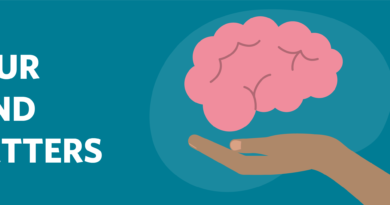Pan India Toll-Free Mental Health Helpline
Citing the prevalence of mental health disorders and the extraordinary existence of the COVID-19 crisis, the Ministry of Social Justice and Empowerment has launched a toll-free mental health helpline.
Disclaimer: If you feel suicidal or know someone in distress, please contact and call these numbers of local emergency services.
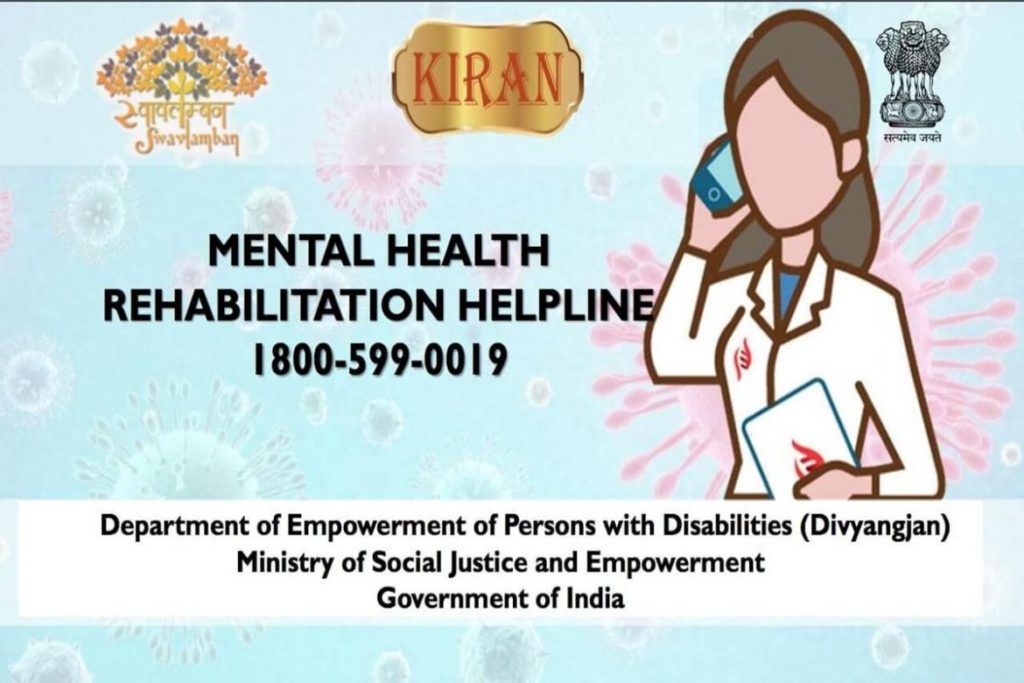
Union Minister for Social Justice and Empowerment Thaawarchand Gehlot launched the helpline ‘KIRAN’ (1800-599-0019) on 07 Sept 2020. India’s first 24/7 national mental health helpline (1800-599-0019).
Also Read: Debunking Myths on Being Depressed
Key Takeaways:
-
- KIRAN will cater to – People in Distress.
- The goal of the toll-free helpline is to offer mental health rehabilitation services. The objective of early screening, first-aid, psychological support, distress management, promoting positive behaviors, etc.
- It will be available in 13 languages.
- The helpline has 660 clinical/rehabilitation psychologists and 668 psychiatrists as volunteers.
- The National Institute for the Empowerment of Persons with Multiple Disabilities (NIEPMD), Chennai (Tamil Nadu), and the National Institution for Mental Health Rehabilitation (NIMHR), Sehore (Madhya Pradesh), manage KIRAN, India’s First Mental Health Toll-Free Helpline.
- NIEMPD and NIMHR are under the Ministry of Social Justice and Empowerment.
- The Helpline operators had been sensitized not to ask the caller for the name or any identification details.
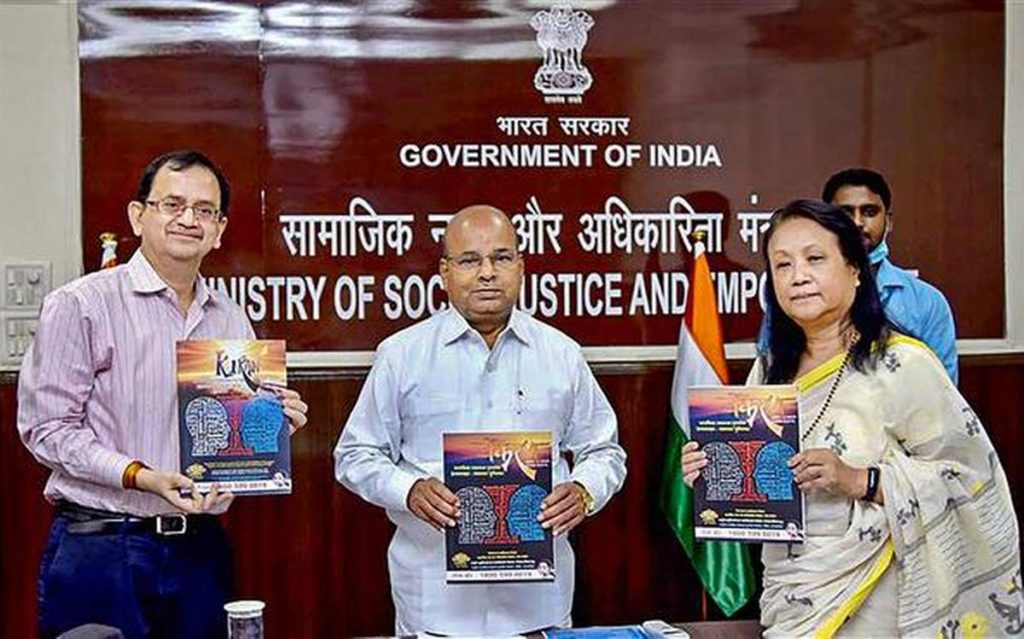
Need?
- According to a 2015-2016 NIMHANS study, there was a lack of trained mental health practitioners. 10.6 percent of adults and 7.3 percent of teenagers experienced mental illness. Among citizens living in Urban Metros, there is a greater prevalence.
- The treatment Gap ranges from 70% to 92%.
- Suicide was the leading cause of death in India in 2016 for those aged 15–39 years; 71.2% of the suicide deaths among women and 57.7% among men were in this age group.
- As per the World Health Organisation (WHO), mental health workforces in India (per 1,00,000 population) include psychiatrists (0.3), nurses (0.12), psychologists (0.07), and social workers (0.07).
- According to the 2019 WHO Public Health Survey, one person out of every four people may have any psychiatric disorders in their life at a given point in time. The world’s primary sources of injury and ill-health are based on mental wellbeing and health.
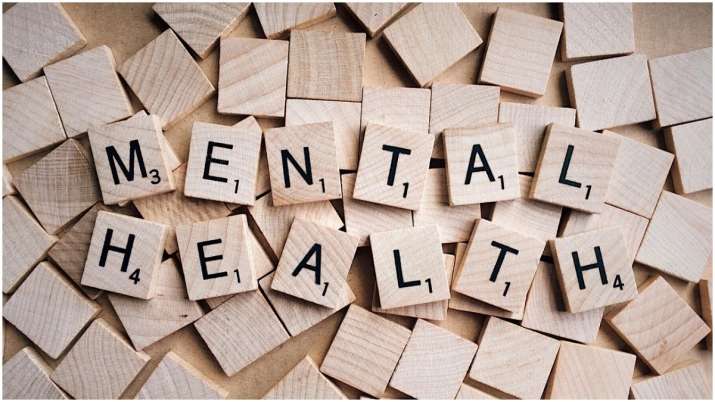
Steps by the Indian Government:
- National Mental Health Program (NMHP):
- National Mental Health Policy (NMHP) was introduced in 1982. The policy was to resolve the huge burden of mental illness and the lack of trained practitioners in the field of mental health.
- The Program was re-strategize in 2003 to include two schemes, viz. Modernization of State Mental Hospitals and Up-gradation of Psychiatric Wings of Medical Colleges/General Hospitals.
- Mental HealthCare Act 2017:
- It guarantees every affected person access to mental healthcare and treatment from services run or funded by the government.
- India has reduced the scope of use of Section 309 IPC. It has made attempt to suicide punishable only as an exception.
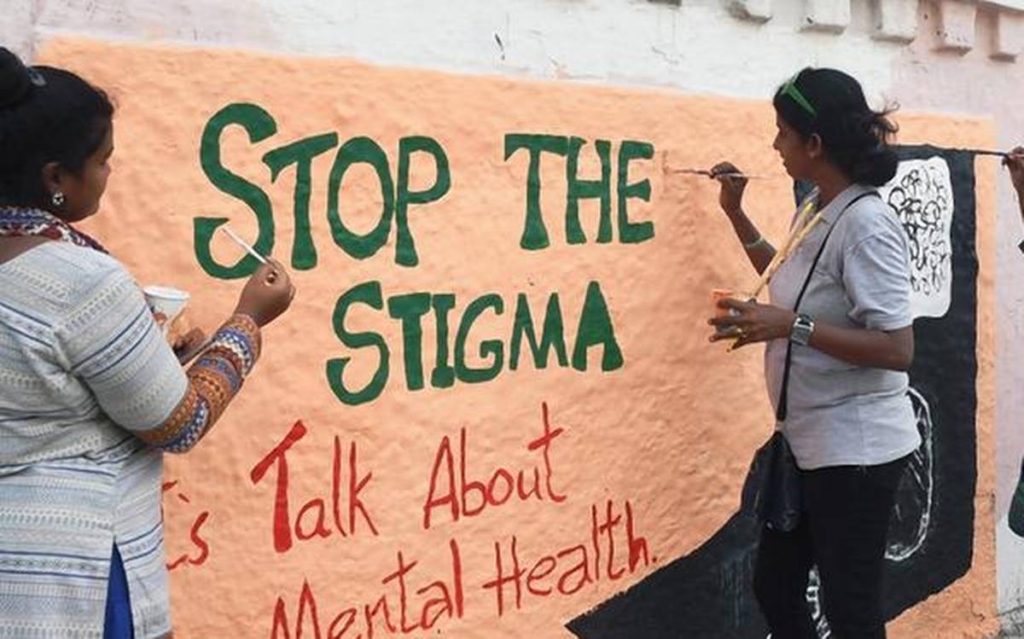
Way Forward?
- Mental health needs to be a priority, from immediate crisis intervention and helplines to focusing on preventive mental health and reducing stigma around help-seeking.
- It’s time the government advocates for mental health outcomes. Strives for early identification and treatment and uses the digital transformation (National Digital Health Mission) to provide mental health care to all.
- The need of the hour is to provoke masses to learn about mental health through campaigns like Swachh Mansikta Abhiyan.
- India should spend more annually on mental health. In recent years India has only spent 0.5% of its mental health budget.



